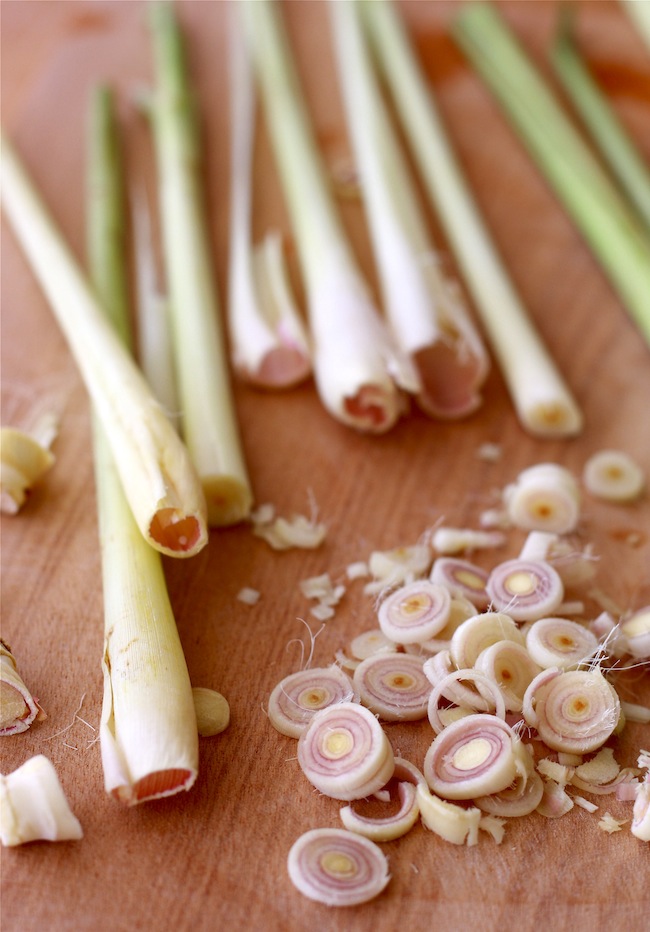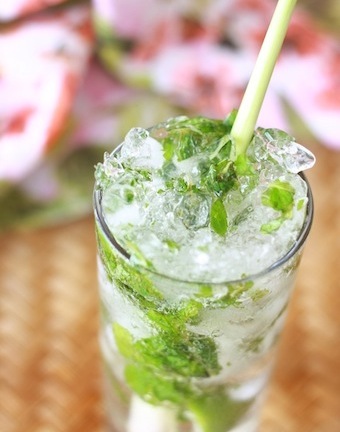If you found out that you had a weed nicknamed 'Fever Grass' growing in your garden, chances are you’d pull it out, toss it and forget it.
But if you found out that you had a spice called
Lemongrass – which adds a warm lemon flavor to your meals and drinks, while at the same time clearing toxins from your body and relieving your headache, stress, and many other ailments – chances are good you’d water it.
Call it a weed, but this fever-reducing, sweet, lemony, grassy herb might just be the first weed you plant instead of pull.
Lemongrass is a perennial plant native to tropical Asia, but now commonly grown around the world. Growing in clumps like a weed, each individual stalk of grass consists of a tough, bulbous base growing a few inches into the ground, and shooting up into a blade of dense grass about 1-2 meters long.
The lower portion of the lemongrass plant – the thick stalk and round edible base - is what ends up on the chopping board, and into so many Southeast Asian dishes. To prepare, it is as simple as removing the top blade, peeling off the outer green or dried layers on the stalk, and slicing off the tip of the bulb end. The remaining whitish bulb and stalk can be bruised to release the fragrant oils and then tossed in soups like the famous
Thai Tom Yum Goong. Or you can just use the sweeter, less fibrous bulb by chopping it finely and adding to chicken and seafood stir-fries, or combining it with other spices & herbs and pounded into a Malaysian, Indonesian, or Thai curry paste.
Like
kaffir lime leaves and other Southeast Asian spices, lemongrass has no substitute. It has a distinctly warm, lemon aroma, but not the sour taste of the fruit. The citrus flavor of lemongrass instead is slightly sweet, and has the familiar, but milder, bite of ginger. The spice complements and balances sharper flavors, which is why it is frequently combined with
chili pepper, garlic,
galangal, and
turmeric.
The soothing fragrance of lemongrass is from its essential oils, notably Citral Oil – an oil also found in lemon peel. The essential oils not only provide the wonderful aroma and taste of lemongrass, but also its innumerable health benefits, such as potentially reducing anxiety and high blood pressure, alleviating muscle aches and menstrual pains, and suppressing coughs and colds.
Try a cup of
lemongrass tea after a meal to aid in digestion and detoxify your body. Or a cup before bed in order to relax and have a good night’s rest.
Lemongrass may be better known outside the kitchen. There are over 50 different species of lemongrass, which includes
Cymbopogon citratus (the common herb used in cooking), as well as
Cymbopogon nardus and
winterianus (the two main sources of
Citronella Oil). All lemongrass species have essential oils, which are extracted and used in various products such as mosquito repellents, cosmetics, aromatherapy oils, perfumes, soaps, lotions, and so on.
You can even mix a few drops of lemongrass oil into a mild shampoo to treat greasy hair, or with a facial wash to treat acne.
Lemongrass has endless uses, so it’s best to start at the beginning – in the kitchen. Here are a few recipes to get you started:














